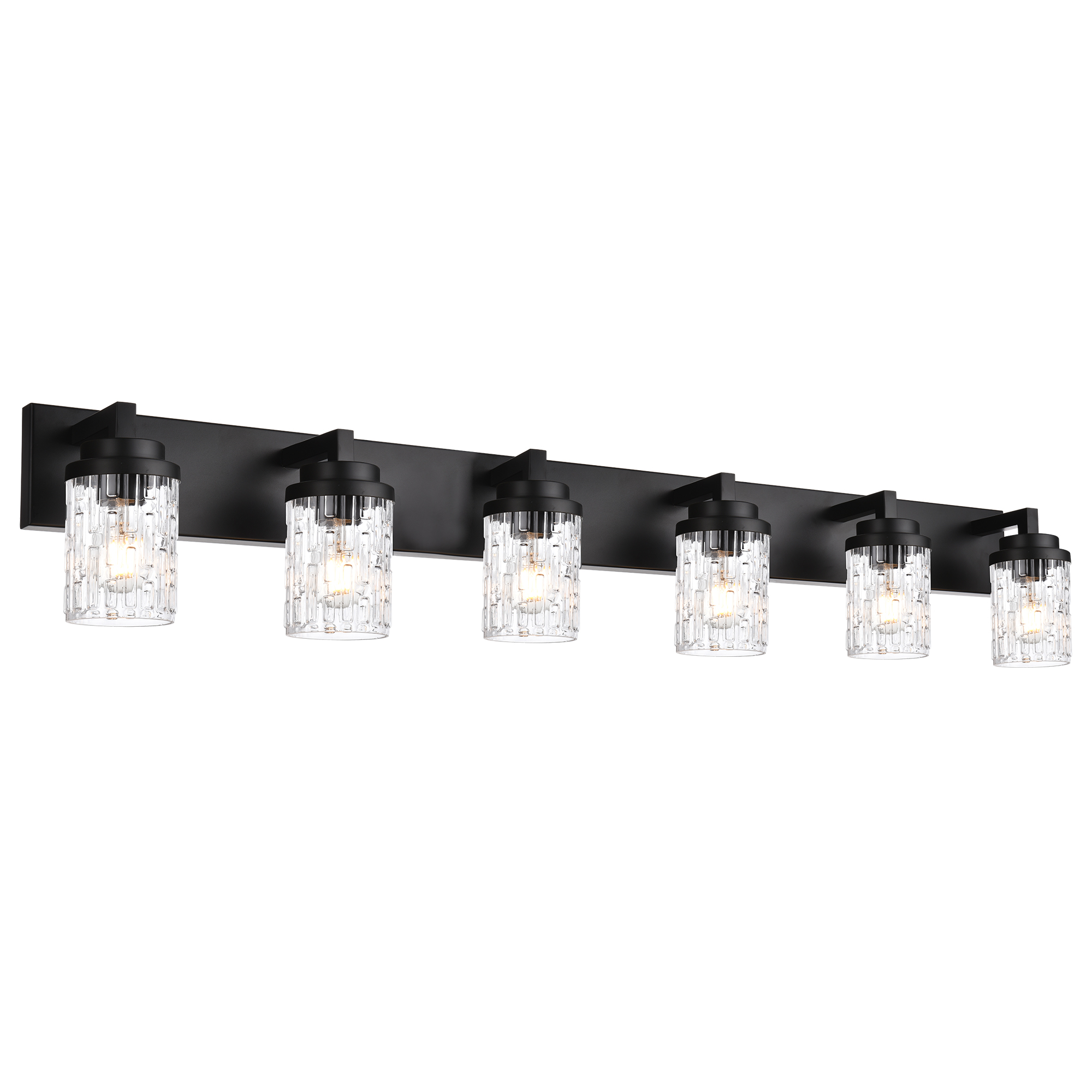traditional pendant lighting for kitchen island
Traditional Pendant Lighting for Kitchen Island
Foreword
The kitchen island has become a central feature in modern kitchen design, serving as a multifunctional space for cooking, dining, and socializing. One way to enhance the aesthetics and functionality of a kitchen island is through the strategic use of lighting. In this article, we will delve into the world of traditional pendant lighting for kitchen islands, exploring its benefits, styles, and how to choose the perfect fixtures to create a warm and inviting atmosphere.
Understanding Traditional Pendant Lighting
Traditional pendant lighting refers to a style of lighting fixture that combines classic elements with practicality. These lights are characterized by their ornate designs, often featuring intricate patterns and materials such as metal, glass, and fabric. They not only serve as a source of illumination but also as a decorative statement piece in the kitchen.
The Importance of Pendant Lighting for Kitchen Islands

-
Visual Focus: Traditional pendant lighting draws attention to the kitchen island, creating a focal point that enhances the overall design of the space. This is particularly important in open-plan kitchens where the island can act as a natural separator between different zones.
-
Functionality: Pendant lights provide task lighting over the island, making it easier to perform tasks such as chopping, cooking, and dining. Proper illumination can improve visibility and prevent accidents.
-
Ambiance: These lights contribute to the ambiance of the kitchen. The soft glow of traditional pendants can create a warm and inviting atmosphere, perfect for social gatherings and family meals.
Types of Traditional Pendant Lighting
-
Crystal Chandeliers: These elegant fixtures feature intricate crystal patterns and offer a touch of luxury. They are perfect for kitchen islands with a classical or traditional design.
-
Iron and Metal Pendants: These robust and sturdy fixtures come in various designs, from simple to ornate. They are ideal for rustic or industrial-style kitchens.
-
Fabric and Glass Shades: These pendants often have a more relaxed and casual look, with fabric or glass shades providing a soft, diffused light. They are suitable for contemporary and transitional kitchen designs.

-
Multi-Light Pendants: These fixtures consist of multiple bulbs, offering a higher level of illumination. They are great for larger kitchen islands where more light is required.
Choosing the Right Traditional Pendant Lighting
-
Style Compatibility: Select a pendant that complements the existing style of your kitchen. For instance, a crystal chandelier would suit a classical kitchen, while an iron pendant would be perfect for an industrial one.
-
Size Considerations: The size of the pendant should be proportional to the size of the kitchen island. A general rule of thumb is to choose a pendant that is approximately one-third to one-half the width of the island.
-
Light Output: Consider the brightness of the pendant. For task lighting, you may need a brighter fixture, while a softer light may be more suitable for ambiance.
-
Installation Height: Hang the pendant at an appropriate height to avoid blocking visibility or creating a safety hazard. Typically, pendants should be hung about 30 to 36 inches above the island surface.
Design Tips for Traditional Pendant Lighting
-
Layering: Combine pendant lighting with other sources of light, such as recessed lights or under-cabinet lighting, to create a layered and balanced lighting scheme.
-
Consistency: Maintain a consistent style and finish throughout your kitchen to create a cohesive look. This includes matching the pendant lighting with other fixtures in the room.
-
Personal Touch: Add a personal touch by selecting pendants that reflect your personal style or the unique character of your home.
Conclusion
In conclusion, traditional pendant lighting for kitchen island is a timeless and elegant choice that enhances both the functionality and aesthetics of your kitchen. By understanding the different styles, choosing the right size and brightness, and considering design tips, you can create a warm and inviting atmosphere that will be the envy of all who visit your home. Remember, lighting is not just about illuminating a space; it’s about creating an ambiance that reflects your personality and lifestyle.

